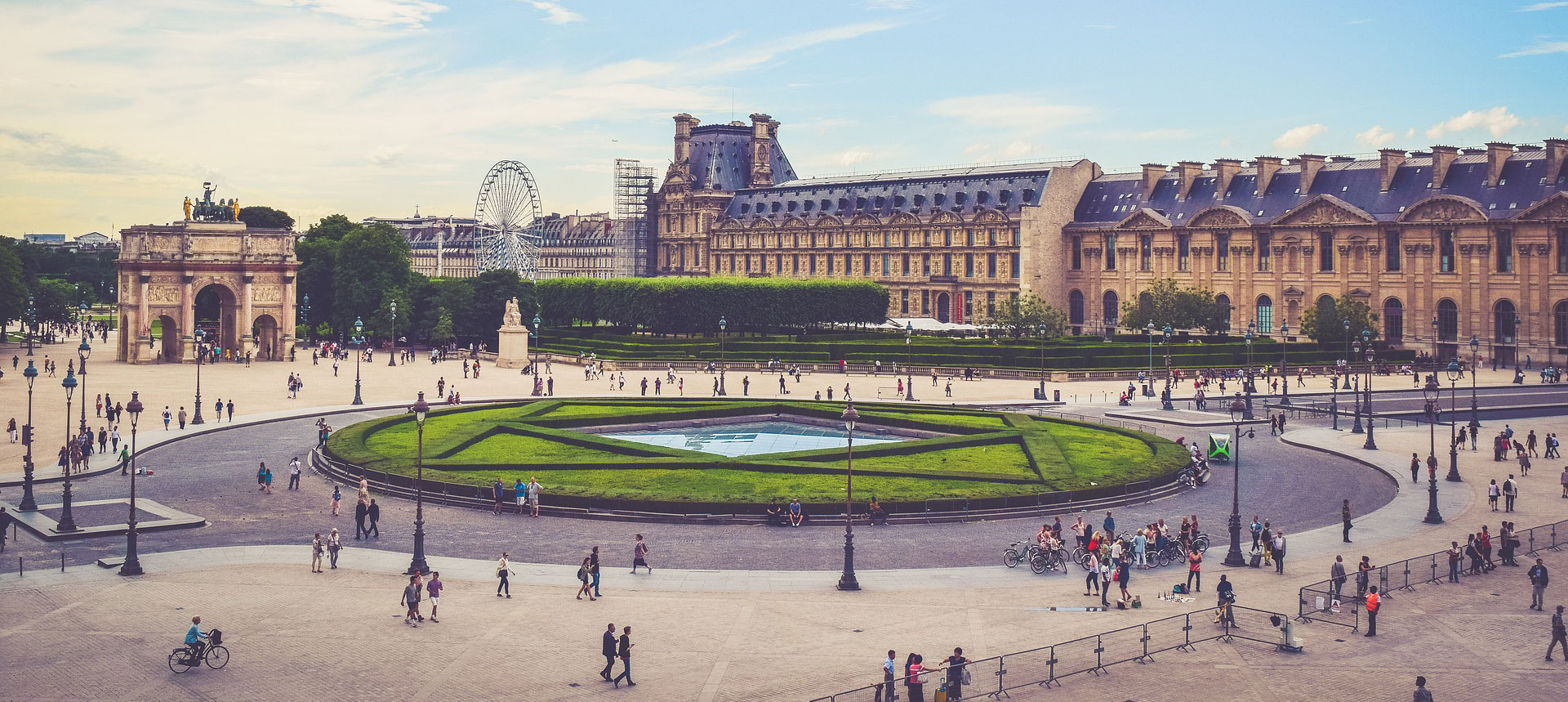
Why Places Matter According to Mariela Alfonzo
août 4, 2017 — Uncategorized
Mariela Alfonzo is the NewCities Associate Fellow for Placemaking and CEO of State of Place – a predictive analytics software which helps city-makers create walkable, livable and smarter places quickly, cost-effectively, and efficiently.
NewCities (NC): How did you first get involved in researching and advocating for the value of ‘place’ in the urban environment?
Mariela Alfonzo (MA): My passion for great places was sparked by growing up in the car-dominated, strip-mall laden placeless Miami suburbs. Early on it was obvious to me that place mattered – but I knew simply preaching my passion for place alone wasn’t enough.
I pursued a Ph.D. in Urban Planning, not with the aim of spending my days bemoaning the ills of auto-oriented landscapes from inside an ivory tower, but with the goal of imparting real change. I started consulting while still in graduate school, but even then, my ethos was markedly different than that of other consultants – my aim was to bridge the gap between practice and academia and translate research on the impact of urban design on behavior into evidence-based sustainable planning, design and development solutions.
However, I soon found that proving that the built environment produced real social value wasn’t enough to move the needle on how planning and real estate development actually got done; instead, I had to clearly demonstrate the economic value proposition at play. But to do so, not only did I have to quantify what good urban design was, I also had to somehow put a price on the intangible benefits it provided. I was not put off by this challenge, but rather invigorated by it, and worked on a solution for nearly a decade. That solution is State of Place.
NC: Could you tell us about what ‘place’ means from your perspective?
MA: Place is one of the most esoteric concepts in urbanism. It’s a term that at once denotes the physical, objective manifestation of good urban design and the intangible, subjective aspects of a block, set of blocks, neighborhood, city – any level of geography, really – that together move us, compel us, disturb us, that leave an indelible mark in either our conscious or subconscious being that make us yearn for it, run away from it, bring others to it. While nearly undefinable, it’s one of the most demonstrably influential aspects of urban design (including the physical built environment, its management, and its maintenance) – especially when place is lacking. Indeed placelessness leaves a void in the human spirit that other parts of one life – friends, family, work life – can’t quite fulfill, manifested by the way we often give anthropomorphic qualities to cities (e.g, there’s no question that New York City was the 5th character on Sex in the City).
NC: What are the gaps between best practices and what is being delivered – and built – in our cities? How can research bridge that gap?
I heard the calls long ago that cities and developers needed hard quantifiable proof of the value of walkability, of urban design. And indeed, that persistence has translated into State of Place. We quantify what people love about places and why it makes sense to make them better to help placemakers – urban planners, real estate developers, and community organizations alike – identify the best ways to enhance places and at the same time, not just persist, but win the fight to successfully make their vision for great places a reality.
Our mission is to disrupt the planning and real estate industry, replacing the pervasive ideologically-based, expert-driven approach accessible only to a few, with an evidence-based, data-driven one accessible to the many that will revolutionize the way city-making is done. City-making will no longer be led by siloed, project-by-project thinking and will begin planning in a more holistic, forward-thinking approach – and not just when Comprehensive Plan updates are due. City-making will be highly efficient and effective. No longer will normative-based assumptions about what makes for good places inform what does and doesn’t happen. No longer will significant amounts of time and money be wasted on non-optimal projects or producing something that wasn’t really desired or needed to begin with. State of Place’s approach is essentially like Lean Startups for cities.
Our platform helps cities, developers, policy-makers, transportation planners, regional authorities, public health agencies, healthcare organizations identify the specific set of changes that are most (statistically) likely to actually produce the outcomes and impacts they are investing money in making those changes to begin with. We also aim to end the incredibly flawed build-it-and-they-will-come mentality that pervades the city-making space. In other words, cities will truly become SMART in the original sense of the word – Specific, Measurable, Actionable, Realistic, and Timely.
Accordingly, cities will be more walkable, livable, and sustainable. Walking and biking will be one of the most convenient, safe, comfortable, and pleasurable forms of transportation to access amenities from ones homes and workplaces. Walking or biking down city streets will bring joy and delight, as people enjoy tree-lined streets and ample sidewalks, hear the clinks of glasses of lively diners enjoy eating and drinking al fresco, and greet their fellow neighbors along the way.
As active transportation leads the way, people’s waistlines will be reduced, their cardiovascular health will be improved, they’ll breathe cleaner air, and healthcare costs will be lowered; climate change will be mitigated due to reduced vehicle miles traveled and lowered greenhouse gas emissions; cities will be more sustainable and resilient, not having to rely on non-renewable energy; and city economies will be more robust and equitable. And of course, placelessness will be a near-forgotten memory of the ways things used to be.